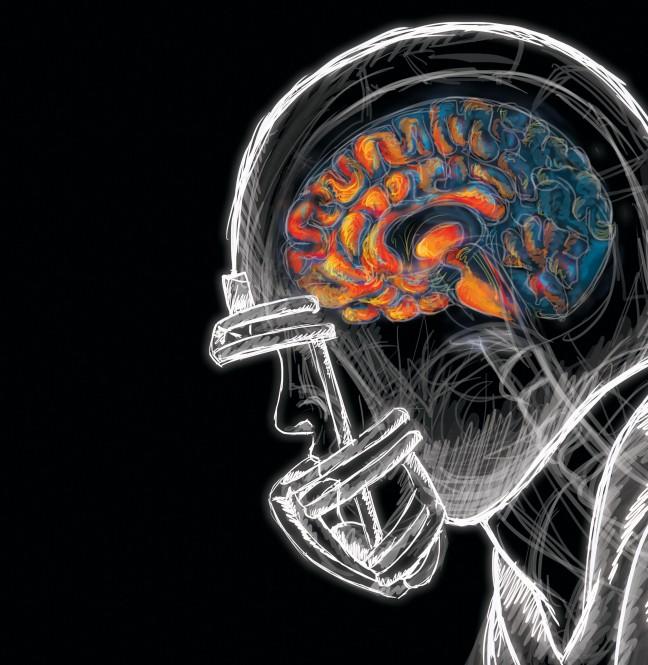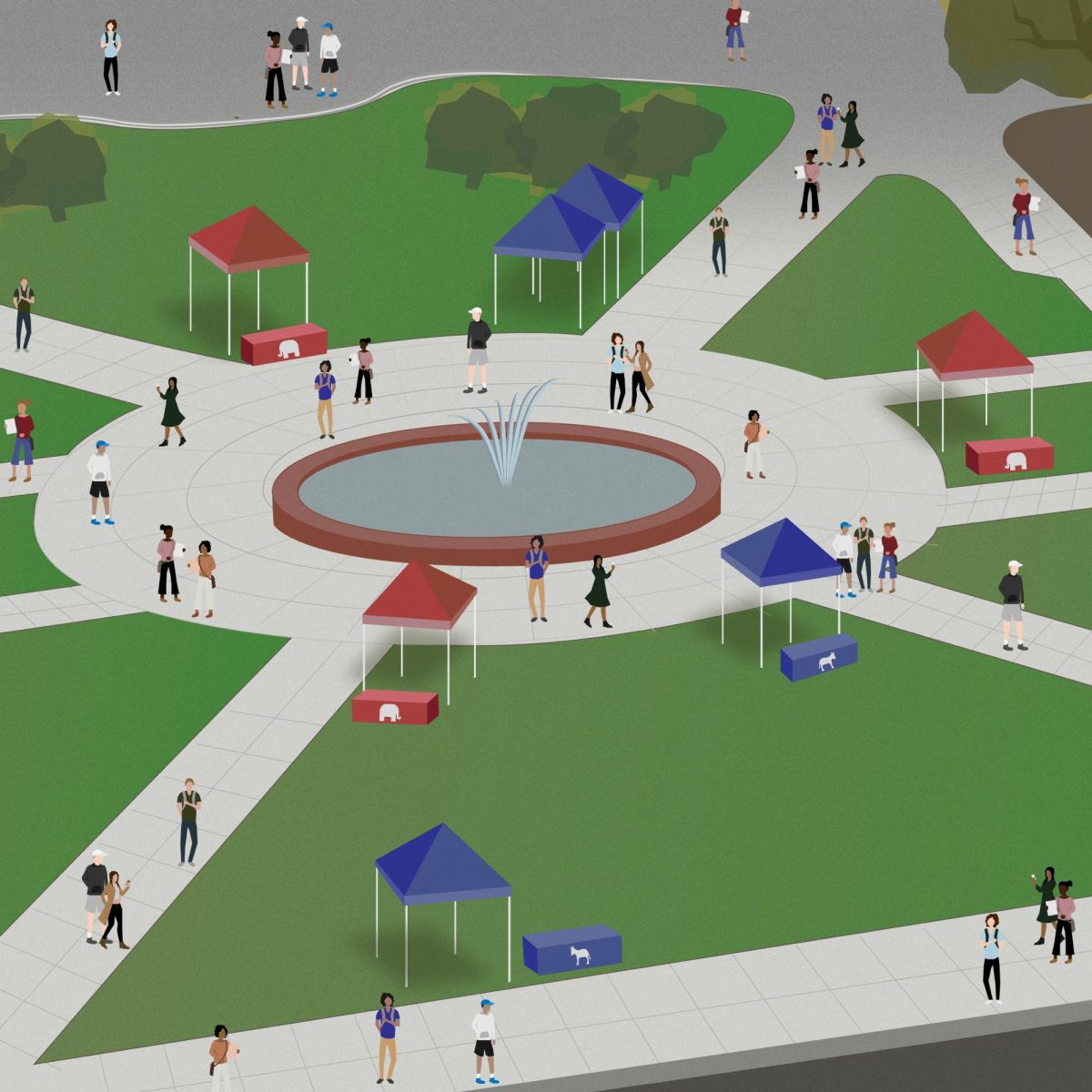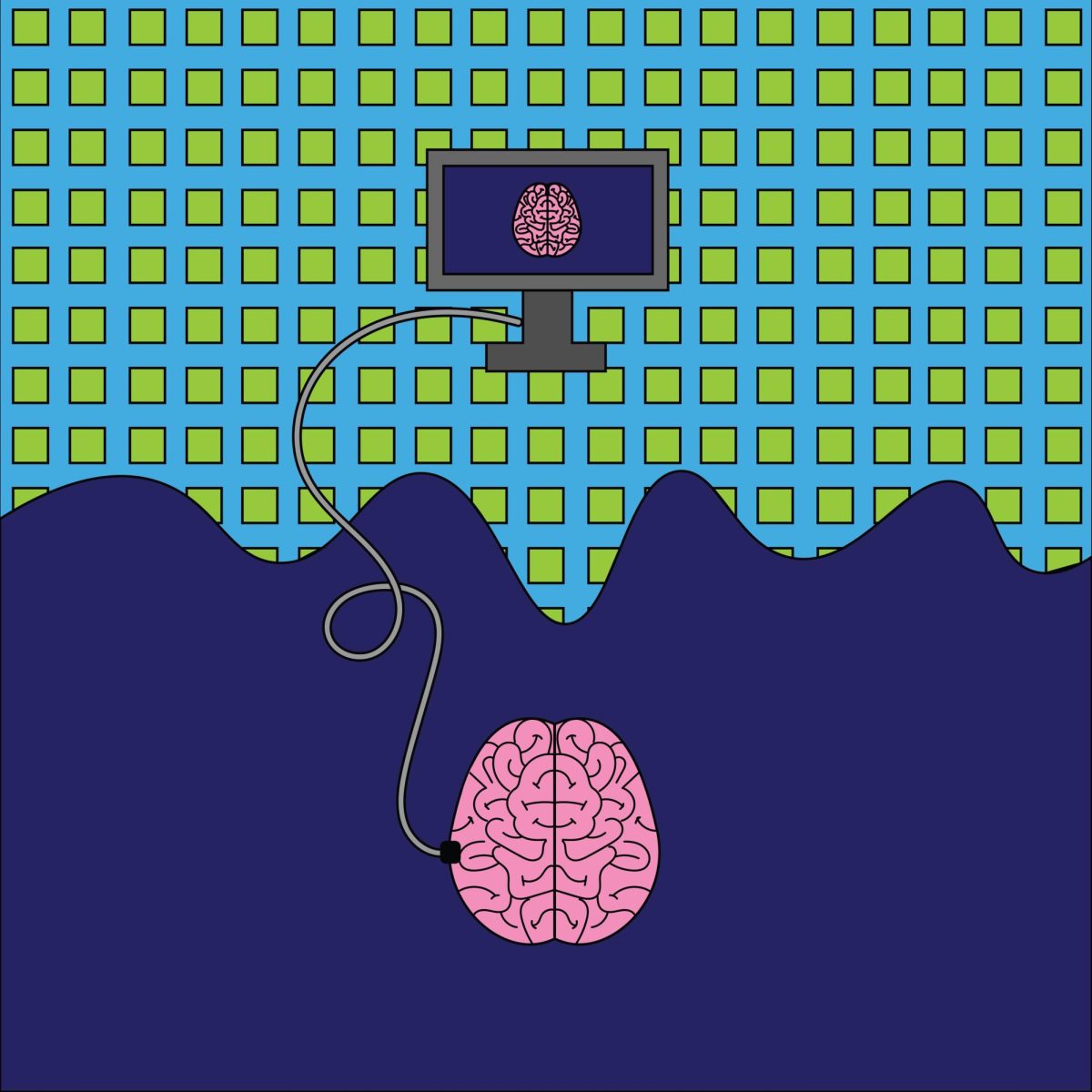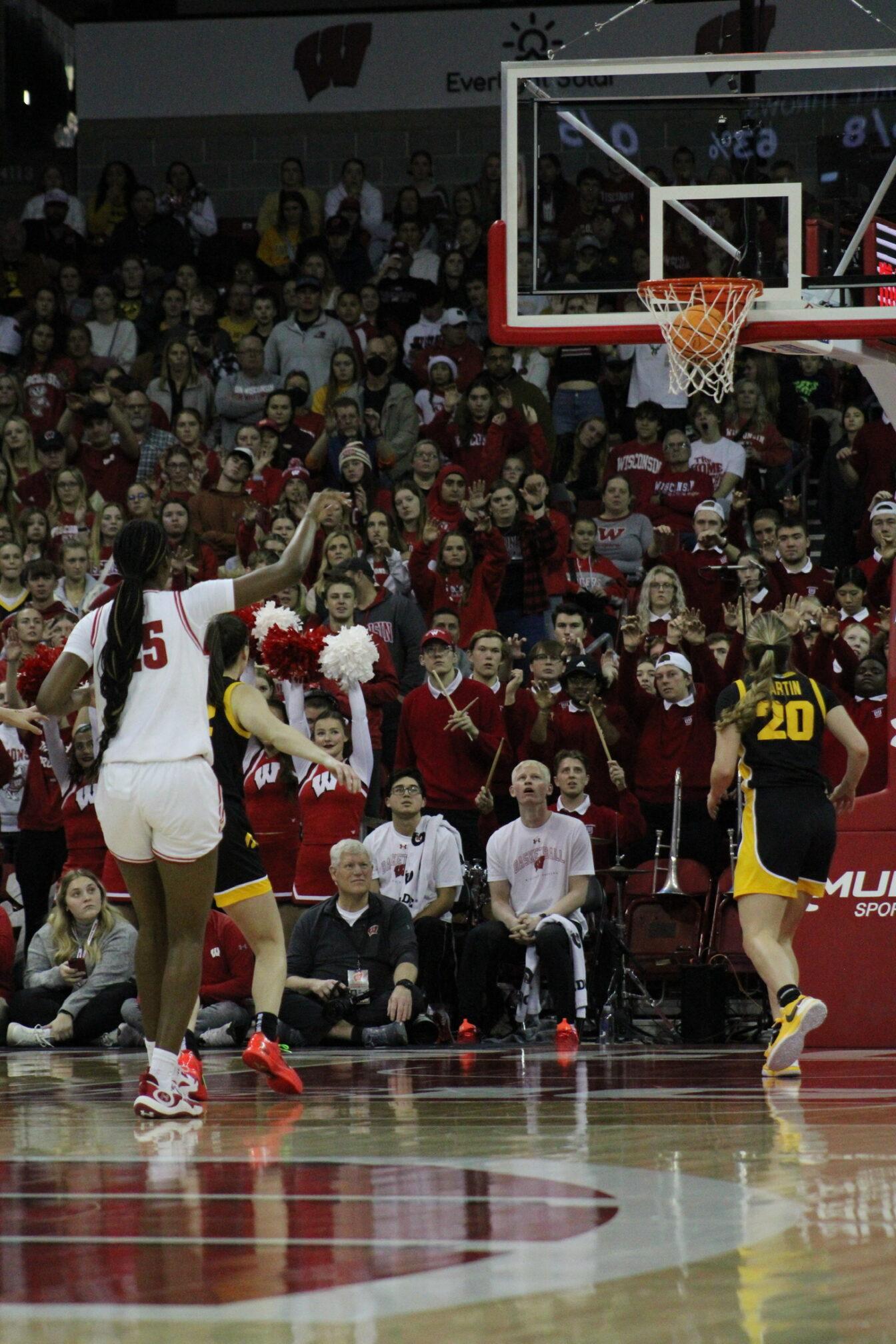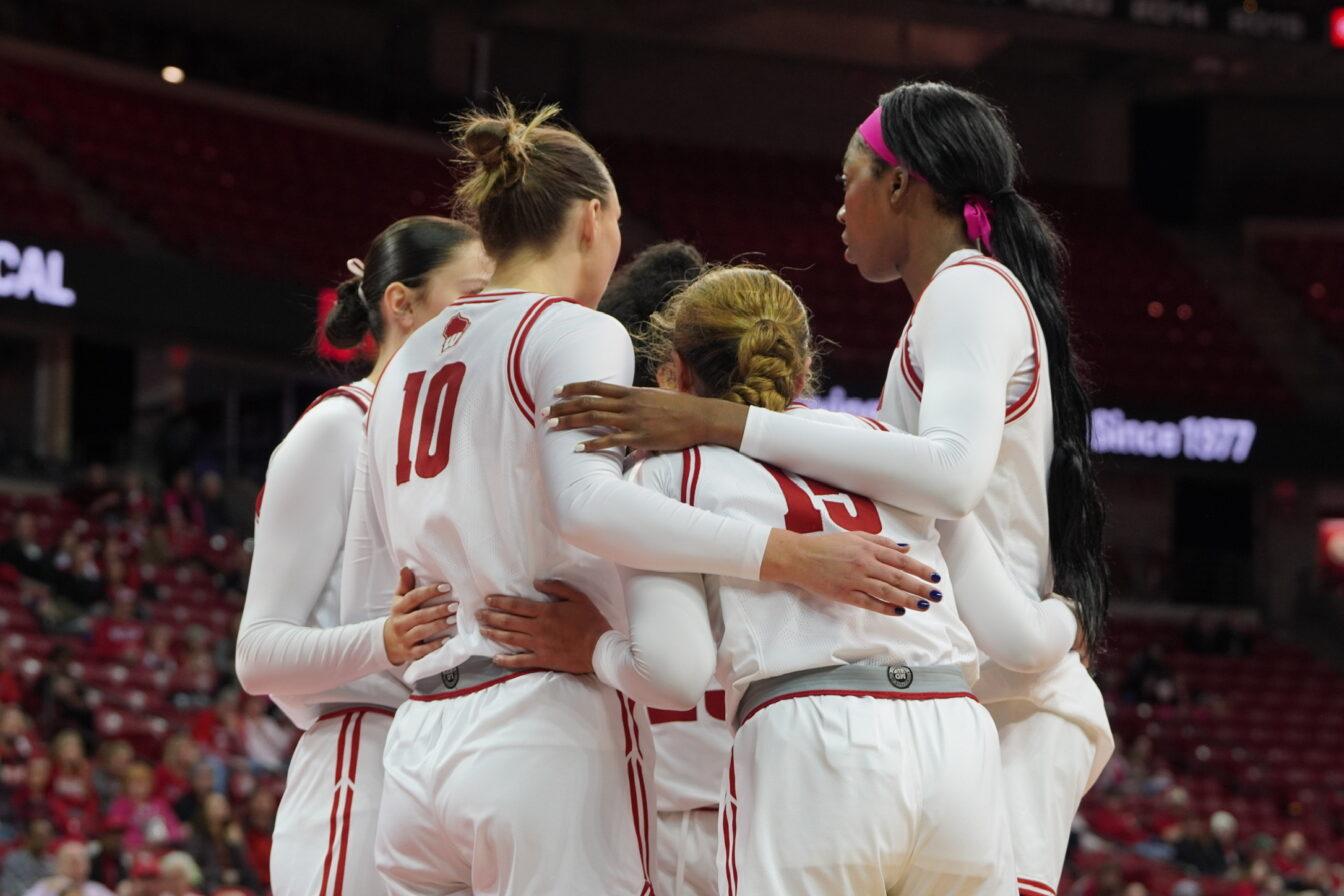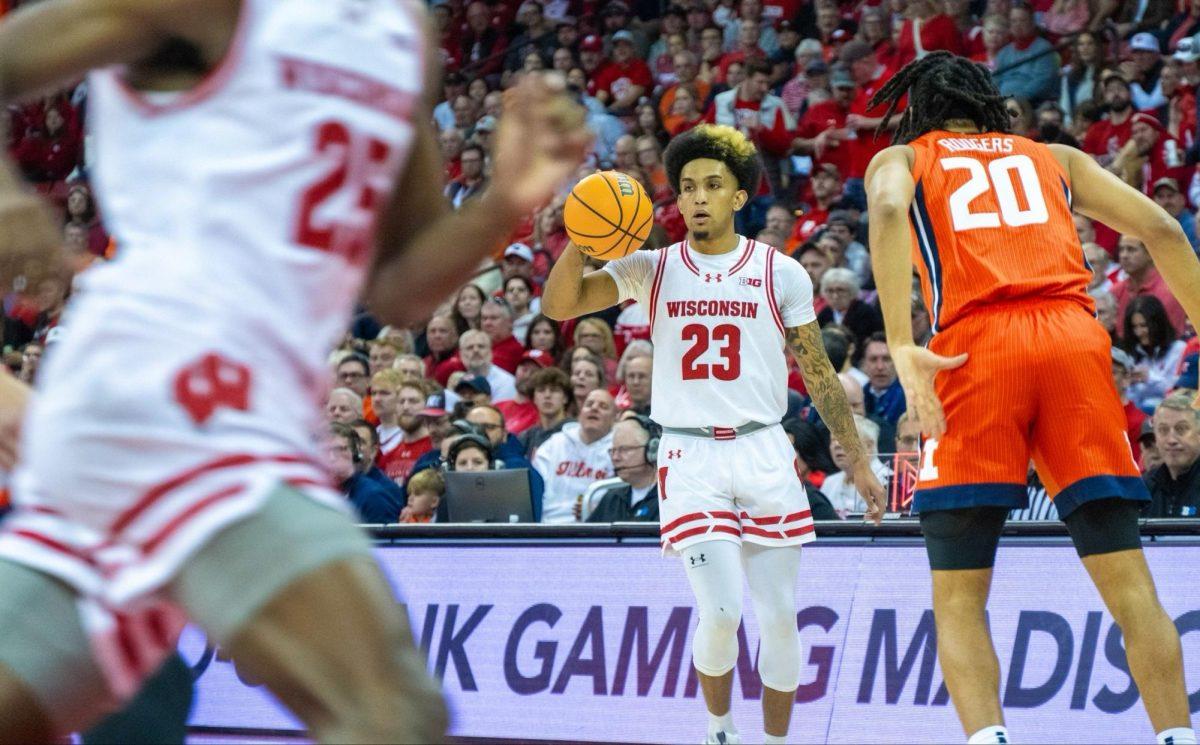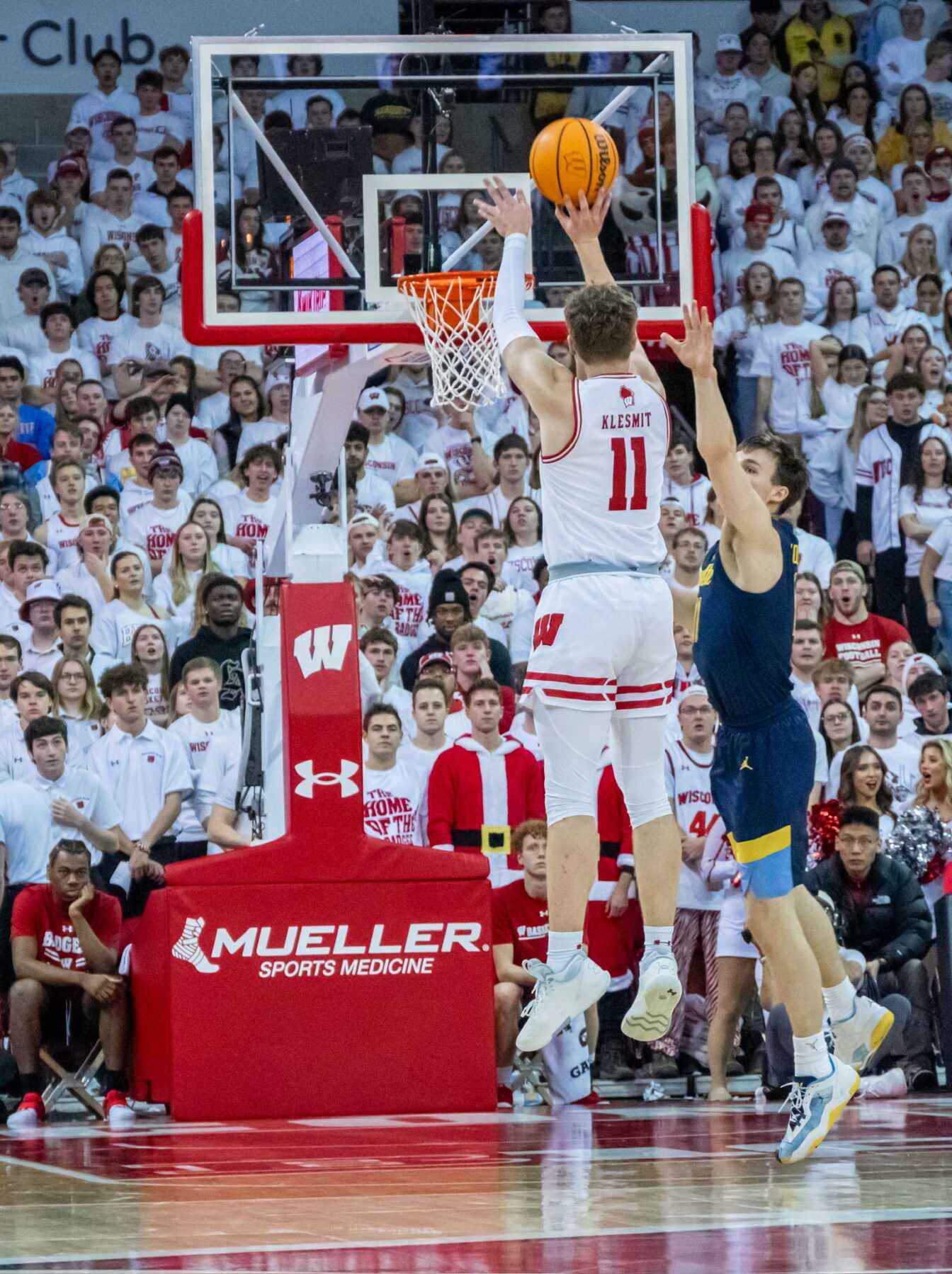Ben Fischer, lying at home, away from school and unable to function, was a vegetable. Or at least that’s how his mother described him.
“I just couldn’t do anything and I had some issues as far as bodily functions go,” Fischer said. “My mom said I was just lying there. That in itself was really scary.”
The vegetative state he found himself in for nine days came as the result of a concussion he suffered after a head-to-head collision with a teammate during high school basketball practice. He woke up in the hospital 40 minutes after the incident, with the following days consisting of his inability to do anything.
It was the second concussion he suffered, but in terms of the severity, the two were not comparable.
At that point, Fischer had to make a decision.
“One more and I’m going to call it quits,” Fischer said. “I knew once I got my third concussion, I was going to be done.”

Marissa Haegele/The Badger Herald
That third concussion came two years later during a football practice at University of Wisconsin. Fischer, currently a sophomore, played football for the Badgers his freshman year.
Fischer doesn’t recall the exact events leading up to it, but his teammates told him he didn’t know what he was supposed to be doing and wasn’t even stable enough to drink water.
Recognizing the promise he made to himself just two years earlier, Fischer decided his football playing days were over.
“From my senior year [of high school] to the last day of training camp here at the start of my freshman year, football was pretty much my life,” Fischer said. “It was hard, but it was a relief at the same time.”
A poorly understood injury
Concussions have grown to become one of the biggest mysteries in the sports world. While research over the past decade has led to a better understanding of the head injury, there is still so much researchers and other professionals do not understand.
One of the biggest questions currently stumping researchers is just how many concussions is too many.
Dr. Alison Brooks, a sports medicine specialist at UW who sees any student-athlete who suffers a concussion, said there are too many individual factors that go into the injury to determine what that number is.
After Fischer was diagnosed with his third concussion, his mental functioning was inhibited to the point where he couldn’t do his schoolwork. He said he often failed to understand his class readings, and generally struggled to do anything beyond basic math. These symptoms lasted for about a month.
A year later, however, Fischer said he feels just fine. Complete recovery is an outcome common among athletes who abandon their careers at the college or high school level, Brooks said.
“I have not seen any evidence right now that the millions of kids who play high school football go on to have any long term problems,” Brooks said. “A lot of the concerning findings and information that we are hearing about is coming from a very select population, as in people who played in the NFL for 15 years.”
An underreported injury
A general lack of long-term consequences, however, does not dismiss the importance of reporting concussions at an amateur level, Brooks said.
Brooks said it’s common for athletes to feel internal pressure to return to the field, as they often feel as though they are letting their teammates down. But she, along with other trainers, continue to stress precautions the more they find out about these types of injuries.
“That’s part of the role of the medical staff, to intervene on an athlete’s behalf,” Brooks said. “Returning to the team is not in your best interest and we are not going to allow you to do that because an athlete cannot make that decision objectively.”
Studies show approximately 3.8 million concussions occur in the U.S. every year during recreational sports and competitive activities. Fifty percent of those concussions go unreported, Dee Warmath, a UW professor in the School of Human Ecology, said.
According to UW Health statistics, those who have had a head injury are two to four times more likely to have another head injury. Additionally, 33 percent of people suffering from concussions may have continued symptoms.

Altering perceptions of concussions
To better understand why about half the concussions active college-age students receive go unreported, Warmath and athletic training department head Andrew Winterstein are launching a study, “Making it Stick: A Social Marketing Experiment to Alter Concussion Attitudes and Behavior.”
Through the project, funded in part by the National College Athletics Association and the U.S. Department of Defense, Warmath, Winterstein and their team will study and survey members on UW’s recreational sports club teams to determine the best way to educate and alter student attitudes about concussions.
The first phase of their study will examine how various external factors can affect a person’s likelihood to report a concussion, Warmath said. These include education, the social context a concussion occurs in, and avoidance of concussions’ consequences, such as continuance of post-concussion symptoms like headaches and dizziness.
“Where does this incentive come from to play through getting your bell rung?” Warmath said.

Riley Steinbrenner/The Badger Herald
Warmath said researchers will also work to find out which education materials on concussions may be more memorable or accessible to students.
Researchers will communicate with club sports athletes to examine what matters to them in terms of brain safety, and how they comprehend concussion materials and intervention methods, among other questions.
As part of the study, each club sports team will also be evaluated to determine how effective the NCAA’s concussion fact sheet is compared with two other alternative educational intervention methods.
“Hopefully through surveying the different groups, we can work to move the needle forward to improve [students’] willingness, knowledge and attitudes toward reporting a concussion,” Winterstein said.
Because the researchers are examining a broad range of students in the study, Winterstein said the knowledge they gain from their research will be applicable to other active college-aged students, such as division three athletes at other schools.
Winterstein said the competitive club sports teams at UW are similar to athletes in Division III, so the educational materials they develop off of UW’s club teams will likely be applicable to them.
Division one athletes have likely received information on concussions their whole lives, Warmath said. But some students who have never been particularly interested or active in sports might have never received information — it all depends on what activities students have done and what their requirements might be, she said.
“It’s an interesting mesh of two areas that people wouldn’t logically put together, but it seems to be working so far, we’ll see in a couple years,” Winterstein said.
What remains
But even if an athlete reports a concussion, there is no surefire way for those administrating the protocol to know whether a player is completely healed from it — another step for research.
“We do all this other clinical testing,” Brooks said. “Their balance has to be back to normal. We test their vision in different ways and we do different cognitive testing. They have to pass that. But we don’t have an objective way to really know if they are completely recovered from the injury.”
As part of the NCAA funded study, Brooks said UW researchers will research concussions among student athletes. They will go beyond basic clinical tests, tracking the athletes for their entire lives, giving them sophisticated MRIs of their heads and even getting blood work to look for particular markers of brain injuries.
This is all being done with the intention of finding a way for concussions to be explicitly identified.
But even if that day arrives, the consequences of concussions on the brain have proved too serious for Fischer to recommend high-impact sports to his future children.
For now, he is left regretting his own decision to stick with high-impact sports for so long.
“As I went through the long-term symptoms of my concussion, it helped to put things into perspective of what can happen when your mental health is messed with by something that could have been completely avoided,” Fischer said. “It’s like a shocking realization that you voluntarily put yourself in that position and you know the risks.”


